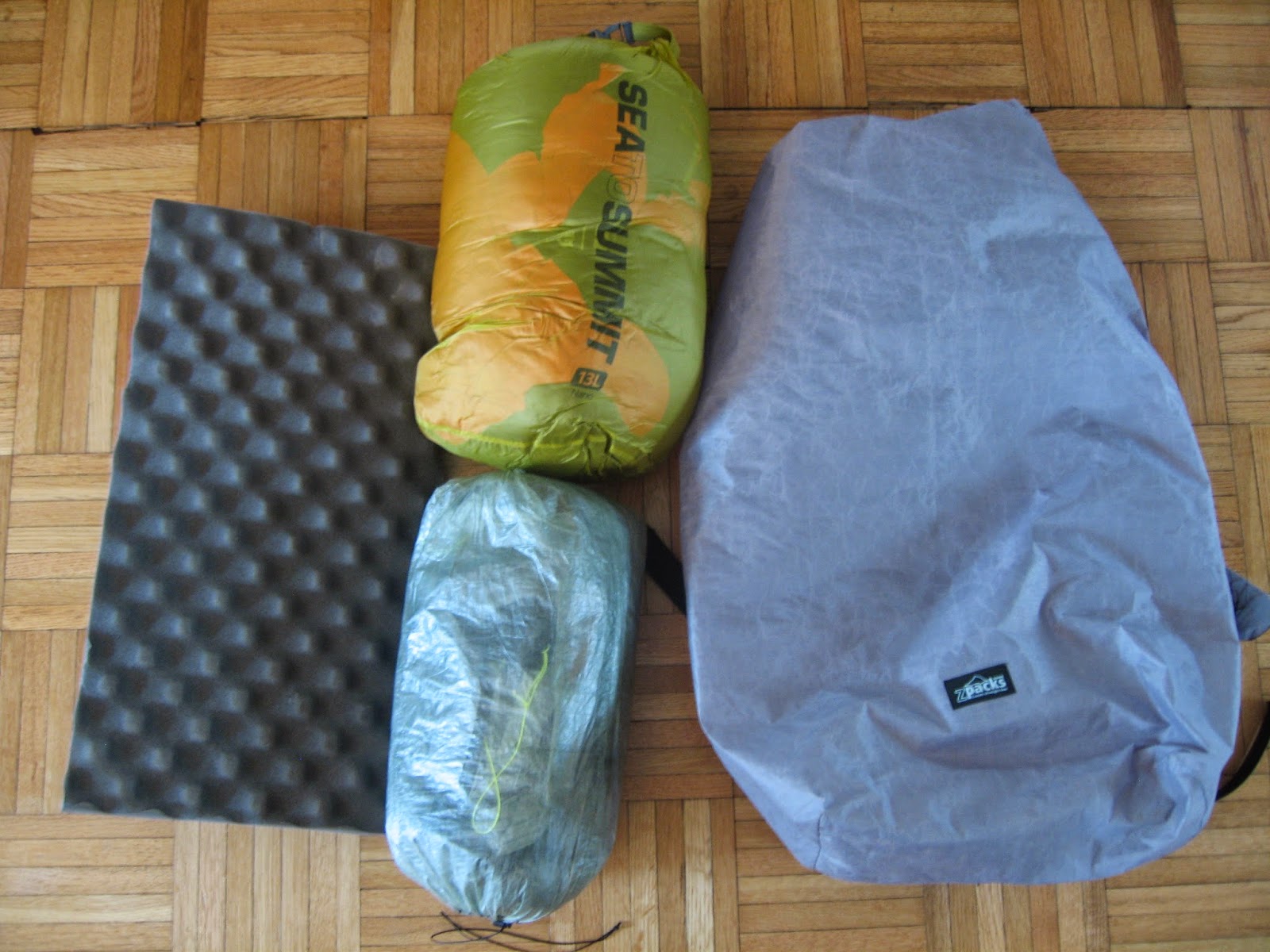Lesson 1: save your blogs in progress or you will want to punch out an airplane window when you lose a post that you worked on all afternoon. It was witty, informative and impossible to reproduce with the same grace. This is whatcha get now.
Ozark Trail!
The Ozark trail was an incredible and extremly difficult week that taught me allot about what I can expect and prepare for the Pacific Crest Trail. I got to see the Ozarks transform from a stark winter scape into a green and flower laden spring. Overall the week flew by and I accomplished mileage that I had no idea I was already capable of. I am currently in route to San Diego. Day 1 on the big-boy trail is tomorrow!
What is the Ozark Trail?
The "OT" is a 230+ mile contiguous path, with the majority flowing through the Mark Twain National Forest. Over 95% of the trail is devoted to foot, bicycle, and horse traffic. This keeps the trail narrow, rugged and preserved from the harsh use of motorized vehicles. Almost all of the trail is covered in rocks sized from pebbles to boulders and the trail is hardly ever flat. Currently the trail is covered in leaves making the trail a bit hard to follow and small rocks are well hidden. I have done big mountain hiking and I would say the Ozark Trail is comparable in dificulty just without the elevation.
During the spring, cold, clear, and delicious water is very easy to find on the trail. I think I was crossing between 5-15 water sources everyday. I ran all my water through a simple Sawyer filter and it tasted as good as bottled water.
Camping along the trail is all primitive campsites. That means no toilets, showers, and electricity. It also means it's free to camp and there is plenty of wonderful spots every 10 miles or so. I don't know why people go camping just to be crowded in with a bunch of other people, but if you like that than the OT might not be for you.
The trail is maintained, and marked extremely well every 100 ft (+-). With the use of maps and directions it is very hard to get lost.
The Ozark Trail is a Missouri treasure that should not be missed if you enjoy hiking or the out-doors. Every section has highlights that make it worth visiting but my favorite sections are Current River and Mt. Taum Sauk-Johnson-Shutins.
Lesson 2: "if your tired pullover"
This lesson has to do with long-distance and speed-hiking but I think it can easily relate to other sports and activities.
The goal of my OT hike was to finish the entire trail in 8 days so I had one day rest before leaving for the PCT. 9 days was not really an option and as soon as I started the trail I got the thru-hiker bug so a quick and consistent clip was a must.
The first few days my tactic was to push myself until I had to take break. Meaning I would end up shleping a mile or two slowly and with bad form. I thought this tactic was the way of the super athlete that puts up huge miles day in and out and is always saying "one more", simply by force. Like most things I learned the hard way and by the third day I changed my tactic from reacting to the need for a break to anticipating a need for a break. By taking breaks before I needed them I accomplished 3 things: I kept my spirits high by not allowing myself to get too tired, bored, or hungry. I kept my blood sugar from dropping which is usually the reason your body asks for a break, and I rested my feet in cool streams more often to keep them ready for more miles. Listening and pampering your body is crucial to staying healthy on a thru-hike.
Skin:
I was very lucky to not get any blisters on my feet or have any problems with my legs. My skin was very unhappy for the first few days like I anticipated. My back, thighs, and triceps were rubbed raw by the second day. I was most comfortable actually walking so when I woke up I just got going and tried not to think about the pain. Once I started sweating a little bit my skin felt much better. By the end of the trip my skin had mostly exfoliated and healed from the chafing. I used lots of Vaseline on problem areas and that seemed to heal it up and prevent further chafing. My hands struggled through out the week with cracks. I used Lucas' Pawpaw and latex gloves at night to minimize the damage but cracks are inevitable. By the end of the week I was certainly looking forward to a hot shower but I wasn't dying for one.
All of my gear held up well and I am very happy with all of my decisions there.































